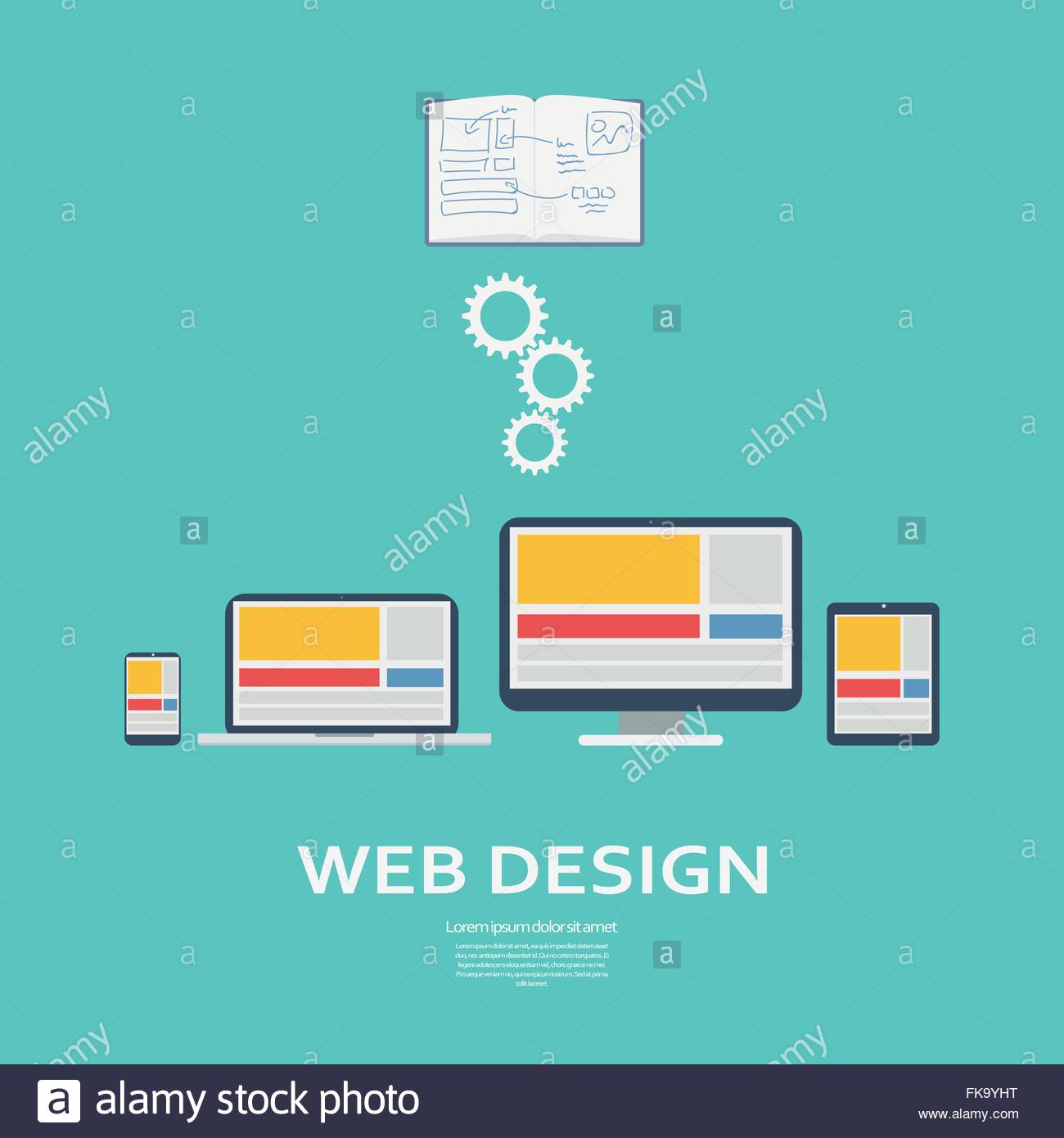The Dos And Donts Of Typography In Web Design
The Dos And Donts Of Typography In Web Design
Blog Article
search engine optimization consultant -Wall Dale
Improve your website design by selecting easy-to-read typefaces and suitable sizes. Choose clear sans-serif or serif fonts for better readability. Stay with 2-3 fonts for uniformity. Stay clear of small dimensions that stress the eyes. Focus on simpleness over complexity. These tips will assist you produce a visually appealing and engaging web site effortlessly.
Do:
* Pick a clear and legible font style that is easy to keep reading screens of all sizes.
* Use headings and subheadings to create an aesthetic power structure and aid users navigate your material.
* Use font style sizes and line spacing to create a comfortable reading experience.
* Try out various font designs and weights to add aesthetic passion and emphasis.
* Usage typography to draw attention to vital aspects, such as phone call to action or navigating menus.
Do not:
* Use a lot of various fonts or font styles, as this can produce aesthetic mess and make your web site look unprofessional.
* Usage typefaces that are too elaborate or illegible, as they might not show well on all tools.
* Use font styles that are as well similar in size or design, as this can make your content tough to browse.
* Use way too much message or a lot of words, as this can bewilder users and make your web site feel messy.
* Use typography in a manner that is inconsistent with your brand name's general visual identity.
Relevance of Typography in Website Design
Typography plays a crucial function in web design by improving readability, aesthetic appeal, and total customer experience. When used properly, typography can share the tone and message of your web content, making it much easier for customers to involve with your web site. Selecting the appropriate fonts, sizes, spacing, and shades can significantly impact just how site visitors view and interact with your site.
The readability of your site is directly connected to the typography options you make. Choosing legible fonts and appropriate typeface sizes makes certain that individuals can easily eat the info on your pages without straining their eyes. Additionally, appropriate spacing in between lines and paragraphs can boost understanding and guide customers with the material effortlessly.
Furthermore, typography contributes to the aesthetic appeal of your site. By developing a harmonious combination of font styles and shades, you can establish a natural style that mesmerizes users. Constant typography throughout different sections of your website also helps in maintaining a specialist and sleek look, boosting the total customer experience.
Dos of Typography
To improve the readability and aesthetic appeal of your site, ensure that you pick fonts that are simple to review and suitably sized. Select typefaces that are clear and clear, such as sans-serif or serif fonts, which are commonly utilized for body text. Sans-serif fonts like Arial or Helvetica function well for electronic displays, offering a modern-day and tidy appearance. On the other hand, serif font styles like Times New Roman or Georgia can add a touch of sophistication and custom to your website.
An additional important aspect to take into consideration is font sizing. Make certain your message is huge sufficient to be checked out easily without stressing the eyes. Opt for a font size of at the very least 16px for body message to ensure readability. Furthermore, utilize various font dimensions to create a visual power structure on your web site. Headings and subheadings must be bigger and bolder than the body message, guiding the viewers through the content easily.
Donts of Typography
Stay away from utilizing a too much variety of font styles in your web design to keep consistency and readability for your target market. When updated blog post involves typography, less is frequently more.
Below are some key 'Do n'ts' to remember:
1. ** Avoid making use of too many different fonts **: Limitation on your own to 2-3 font styles for your entire site. Making use of extra can make your style appearance chaotic and less than professional.
2. ** Don't utilize typefaces that are difficult to read **: Fancy or excessively ornamental typefaces may look attractive, yet if they compromise readability, they aren't worth it. Adhere to typefaces that are easy on the eyes.
3. ** Avoid utilizing small font style dimensions **: Little text might seem streamlined, yet if it's also small, it can strain your visitors' eyes. Make certain your text is huge enough to read conveniently on all gadgets.
Verdict
So, bear in mind, when it comes to typography in web design,
do pick typefaces intelligently, maintain it straightforward, and prioritize readability.
However do not overdo with too many font designs, dimensions, or shades.
Besides, the trick to fantastic layout is usually located in the simplicity of typography.
So, following time you're working on a web site, bear in mind that occasionally much less is a lot more - even when it pertains to fonts.
